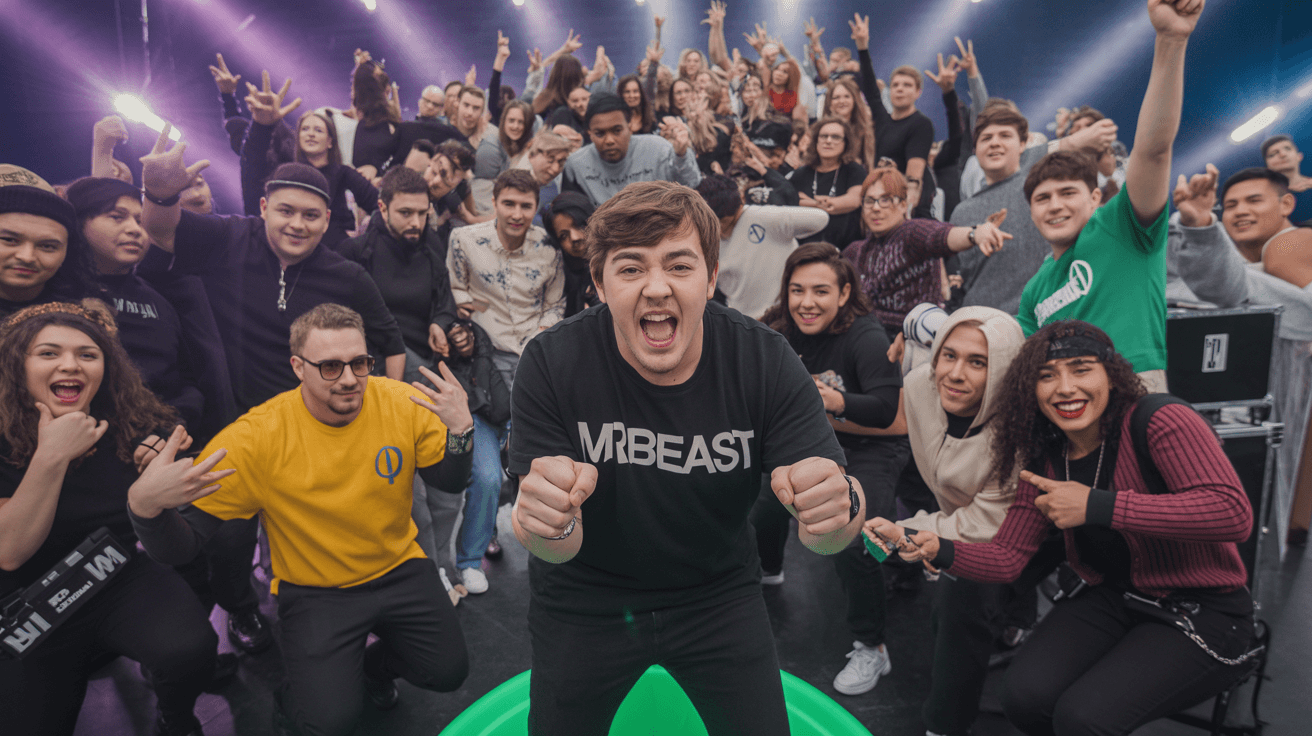
In early 2023, the world's most popular YouTuber, MrBeast (Jimmy Donaldson), did something unprecedented. He began re-launching his elaborate, high-budget videos, but this time they were expertly dubbed into 11 different languages. The result was a seismic event in the creator economy. His Spanish-language channel, "MrBeast en Español," exploded, rocketing past 20 million subscribers in its first year alone. The experiment proved, on a massive scale, that a colossal, underserved global audience was hungry for top-tier content in their native tongue.
But this success came with a well-publicized, astronomical price tag. "We're spending a crazy amount of money," MrBeast admitted in a video, detailing the complex and costly process of hiring and managing dozens of professional voice actors around the world.
This is the Global Content Bottleneck. The opportunity for international reach is bigger than ever, but the traditional methods of localization—hiring human translators, booking voice actors, managing studios—are a logistical and financial barrier that has kept this strategy reserved for the .01% of creators and corporations with nine-figure budgets.
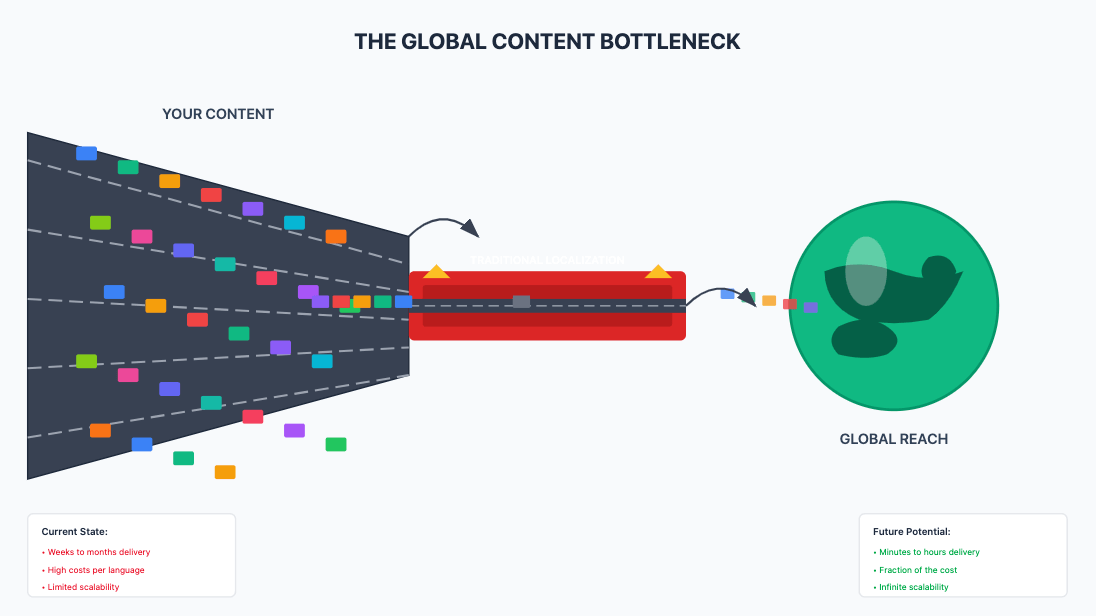
The alternative has been a bleak compromise: cheap, robotic-sounding translations that actively damage brand credibility, or simply ignoring the 80% of the world that doesn't speak English.
This is no longer the choice you have to make. A new, integrated AI workflow has emerged that allows you to execute a "MrBeast-level" global strategy from a single platform. This is the new world of the Multilingual Script Generator, a tool that doesn't just translate words, but helps you craft culturally relevant, voice-ready scripts in over 130 languages and then pairs them with authentic, native-speaker AI voices.
This is not a "how-to" guide on using a translation app. This is a strategic framework for global expansion. We will dissect the workflows, the "cultural landmines" to avoid, and the exact strategies that businesses and creators are using to build a global audience, without a global budget.
The Cost of Ignoring the World: Why "Globish" Is a Failing Strategy
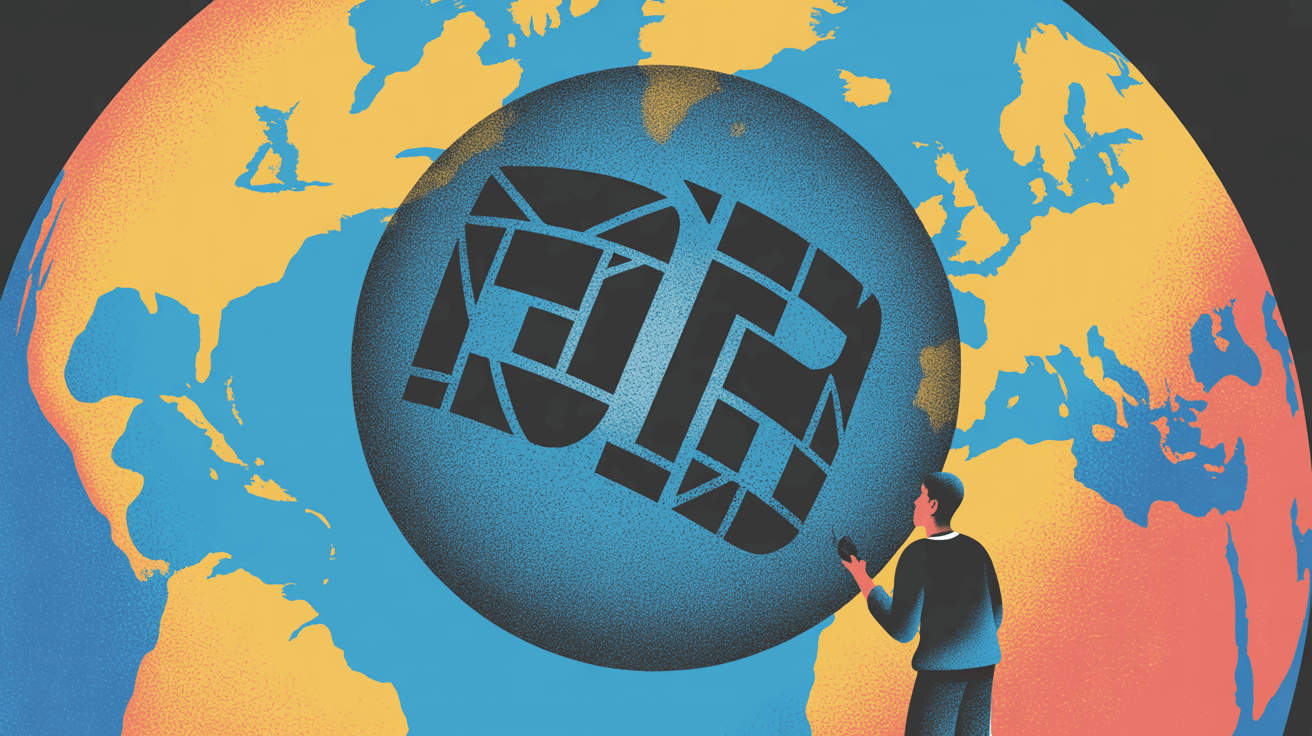
For years, the default was to create content in English and assume the world would adapt. This "Globish" strategy is now a recipe for failure. The data is unequivocal.
- The Data Point: A landmark CSA Research study of over 8,700 global consumers found that 76% prefer to buy products with information in their own language. More critically, 40% stated they would never buy from a website in another language.
- The Social Proof: On a recent thread in Reddit's r/contentcreation, a user (u/GlobalCreator) lamented, "I spent six months on a docu-series in English. My analytics show huge interest from Brazil and India, but the watch time is terrible. Subtitles just aren't cutting it. My message is getting lost."
The old localization methods are broken for the modern speed of content:
| Method | Cost | Speed | Brand Consistency |
| Human Translators & Voice Actors | Extremely High | Weeks or Months | Poor (Different voice in every country) |
| Subtitles Only | Low | Fast | N/A (Visual Only) |
| Generic AI Translation (e.g., Google Translate) | Very Low | Instant | Catastrophic (Robotic, often inaccurate, damages brand) |
A multilingual script generator combined with native AI voices is the first solution to break this trilemma, offering speed, affordability, and brand consistency.
The Tool Ecosystem for Global Content
| Approach | Tools & Cost | Workflow Friction | Best For |
| Integrated AI Platform | Kukarella (Single Subscription) | Low. Seamlessly move from English script to translated script to native-speaker voiceover in one place. | Creators & businesses that need to produce high-volume multilingual content with maximum speed, consistency, and efficiency. |
| Fragmented Tool Stack | ChatGPT (Script) + DeepL (Translate) + TTS Tool (Voice) | High. Requires multiple subscriptions and constant copy-pasting, risking errors and inconsistency. | Tech-savvy users who want to use a specific "best-in-class" tool for each step and are willing to manage the complex workflow. |
| Manual Agency Model | Translation Agency & Voiceover Studio | Very High. A slow, communication-heavy process involving project managers, translators, and voice actors. | Large corporations with massive budgets and long timelines for whom cost and speed are not primary concerns. |
How It Works: The "Script + Voice" Synergy
This technology is a two-part system that must work in perfect harmony:
- The Multilingual Script Generator: This isn't just a one-to-one translator. A sophisticated tool like Kukarella's AI Assistant uses advanced machine translation and then layers on a "voice-first" language model. Its job is to ensure the translated text is not just literally correct, but also conversationally and culturally fluent.
- The Native-Speaker Voice Library: The best script in the world is useless if it's voiced by a robot with a bad American accent. The second, crucial part of the system is a vast library of high-quality, pre-vetted, native-speaker AI voices. The script for your German video must be voiced by a native German AI voice; the Spanish script by a native Spanish voice, and so on.
The power is in the seamless integration of these two components.
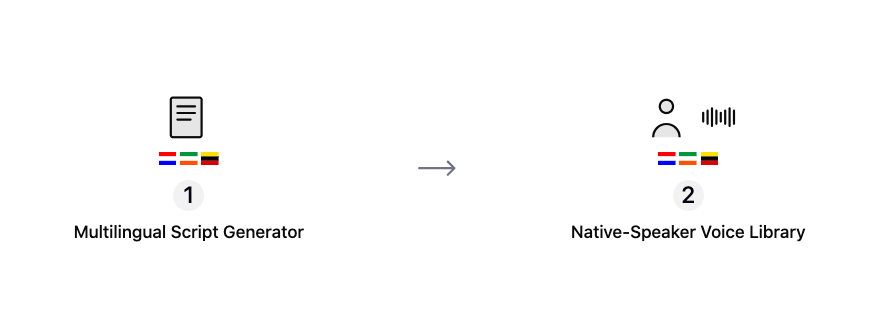 A 2-step flowchart showing the "Script + Voice" synergy - a Multilingual Script Generator feeds into a Native-Speaker Voice Library
A 2-step flowchart showing the "Script + Voice" synergy - a Multilingual Script Generator feeds into a Native-Speaker Voice LibraryThe Global Expansion Playbook: 4 Actionable Strategies
Strategy 1: The "MrBeast on a Budget" (for Creators)
The goal is to re-launch your existing content library to new international audiences.
- The AI Workflow:
- Identify: A creator identifies their top 10 best-performing English-language videos.
- Translate & Refine: They use the AI Assistant to translate the scripts into their target languages (e.g., Portuguese, Hindi, French). Crucially, they then use a refinement prompt: "Review this translated Portuguese script. Adapt any American idioms into more natural Brazilian Portuguese phrasing. Ensure the tone is energetic and friendly."
- Cast the Voice: They navigate to Kukarella's voice library, filter by "Portuguese (Brazil)," and select a native-speaker AI voice that matches their brand's energy.
- Generate & Launch: They generate the new audio tracks and launch their new international channels.
- The Result: A process that costs MrBeast millions of dollars is replicated for the cost of a monthly software subscription, allowing an independent creator to build a truly global brand.
Strategy 2: The Global Product Launch (for Marketing)
The goal is to launch a new product with a consistent message across 10 different markets simultaneously.
- The AI Workflow:
- Create the "Source of Truth" Script: The marketing team finalizes the 2-minute English-language launch video script.
- AI-Powered Localization: They use the AI to generate the 9 other language scripts. Crucially, they add a cultural constraint: "Translate this script into Japanese. Adopt a more formal and respectful business tone suitable for a B2B audience."
- Voice Casting: They select the appropriate native-speaker AI voices for each language.
- The Result: The brand launches with a perfectly consistent and on-brand message in all target markets on the same day. This speed-to-market is a massive competitive advantage that is impossible with traditional, slow localization methods.
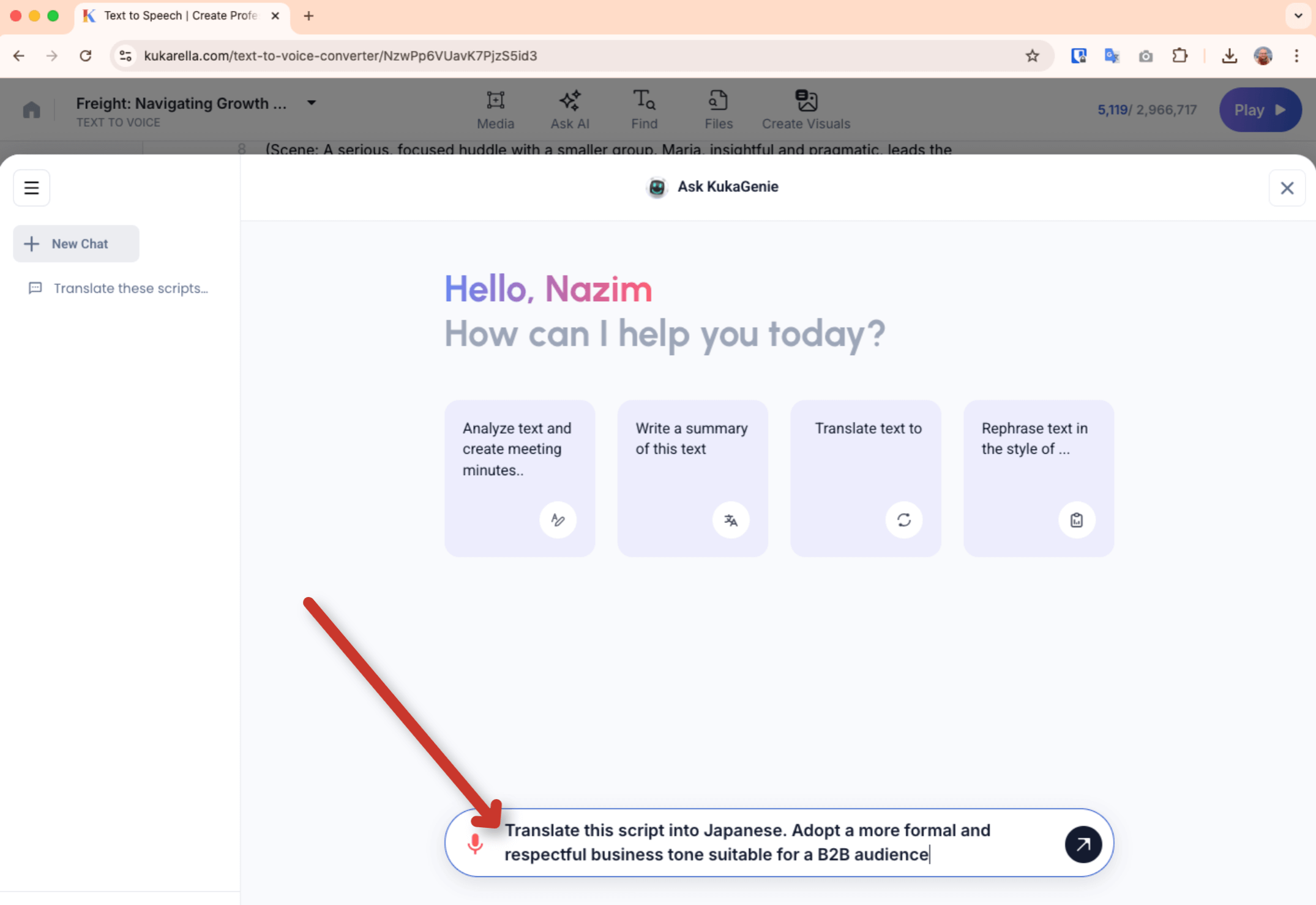
Strategy 3: The Global Classroom (for E-Learning)
The goal is to make a valuable educational course accessible to students worldwide.
- Real-World Example: The wildly popular online course "Learning How to Learn" by Barbara Oakley has been translated by volunteers into dozens of languages. Dr. Oakley has stated that this global accessibility has been key to its impact.
- The AI Workflow: An educator has a 10-module course on a platform like Coursera or Udemy.
- They use the AI to translate all their video scripts.
- They generate new voiceovers for each lesson using native-speaker AI voices.
- They can now offer their course in multiple languages, dramatically expanding their potential student base and revenue.
Strategy 4: The Global HR Rollout (for Corporate Training)
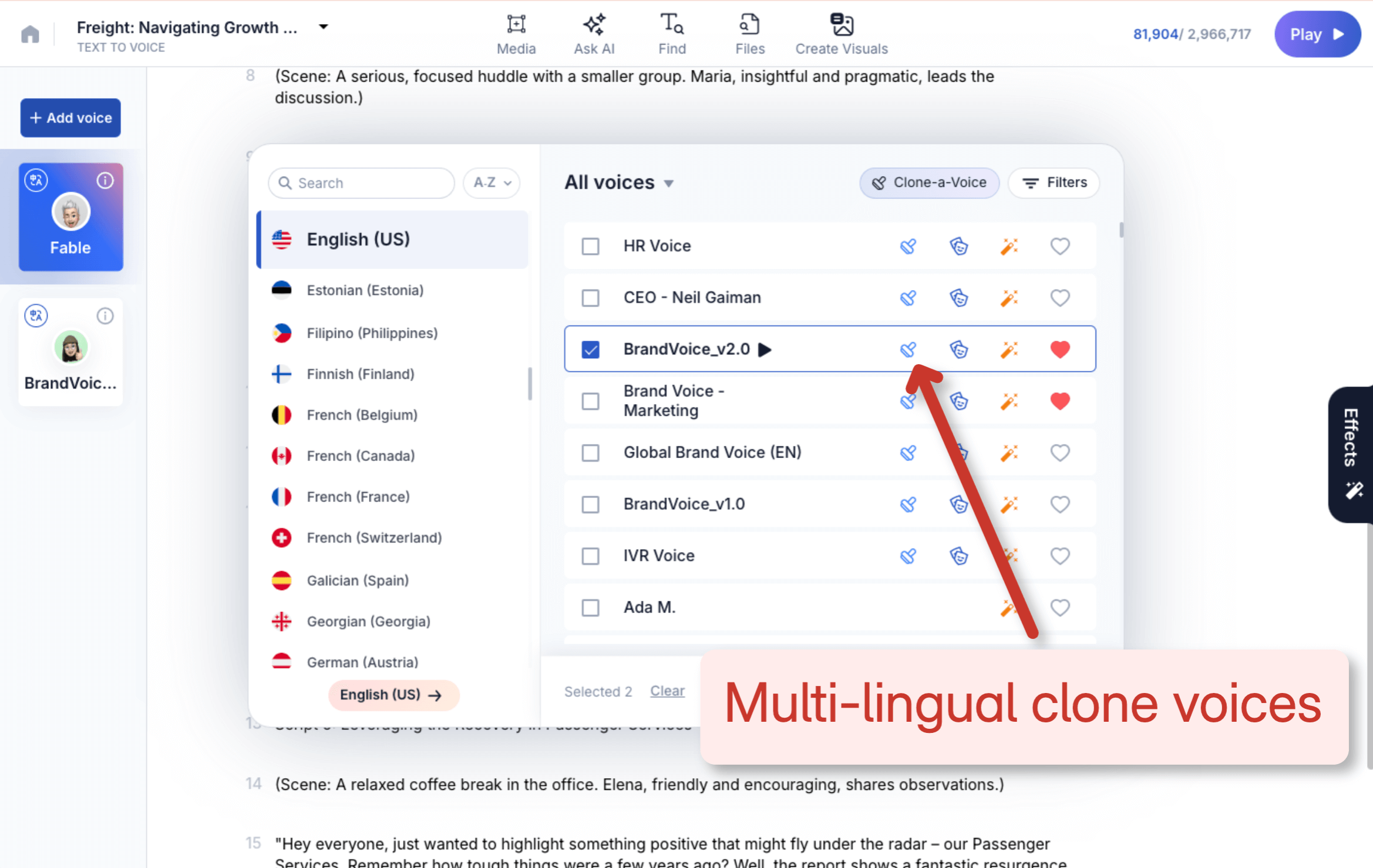
The goal is to deploy a mandatory cybersecurity training module to a multinational workforce.
- The AI Workflow: The Head of HR finalizes the English script. They use the AI to generate scripts for all 15 required languages. They then use a single, professional-sounding "Brand Narrator" voice type (e.g., a clear, authoritative male voice) that is available across all those languages.
- The Result: Every employee hears the same critical security information, delivered in their own language, but with a consistent level of authority and professionalism. This ensures universal comprehension and compliance.
"Plot Twist" Moment: The Real Power Isn't Translation, It's Adaptation
The beginner's mindset is to use AI for one-to-one translation. The power-user's mindset is to use it for stylistic and cultural adaptation.
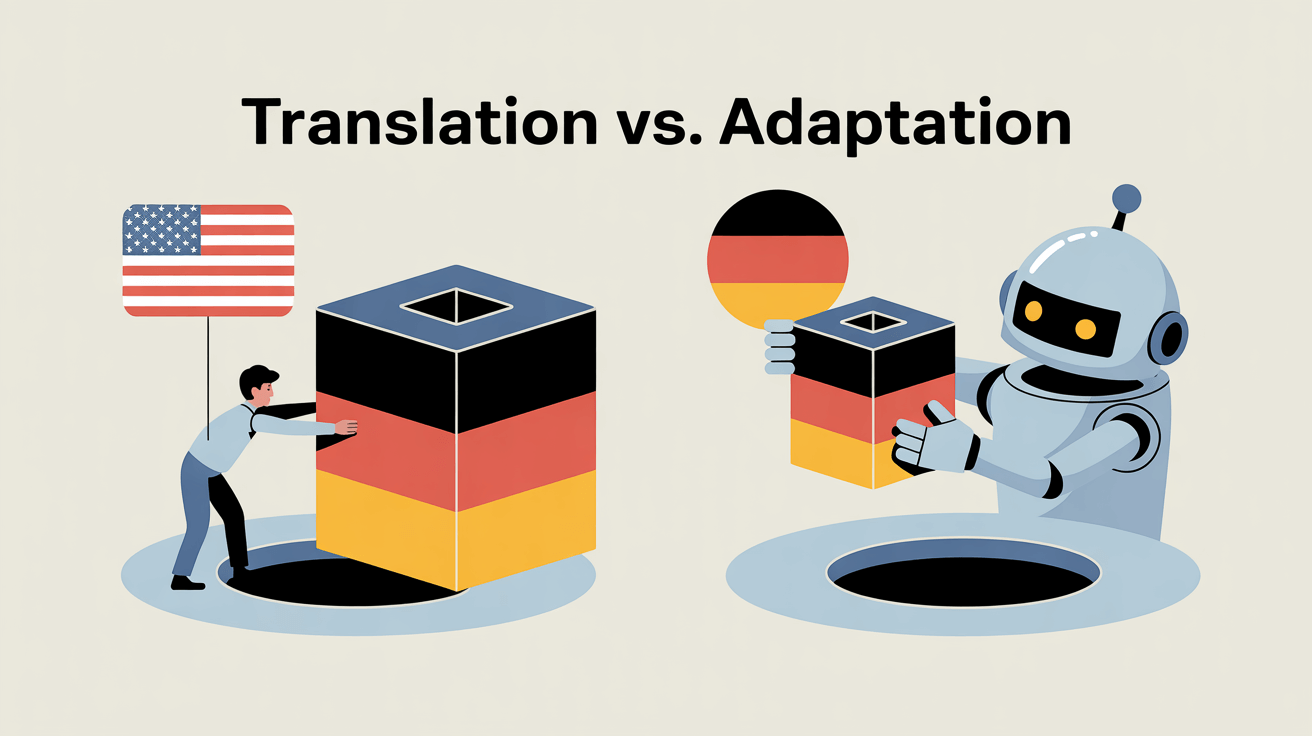
The most advanced AI script generators allow you to refine the style of the translation, not just the words. This is a game-changer that bridges the gap between linguistic translation and true localization.
The Twist: You can direct the AI to act as a cultural consultant.
- The Prompt: "Take this American-style sales script, which is very direct and uses bold claims. Now, translate and adapt it for a German business audience. The new script should be more formal, data-driven, and focus on product quality and reliability rather than emotional hype."
- The Result: The AI doesn't just change the language; it changes the entire sales approach. It will restructure the arguments, alter the tone, and produce a script that is far more likely to resonate in the target culture. This is a level of strategic content creation that was previously only accessible by hiring expensive, in-country marketing agencies.
Troubleshooting & The Fine Print: Navigating the Cultural Landmines
Q: "The AI translated my idiom or joke literally, and now it makes no sense."
A: This is the single biggest risk. An AI is a linguistic translator, not a cultural one. The infamous (though likely apocryphal) story of the Pepsi slogan "Come alive with the Pepsi Generation" being translated in China as "Pepsi brings your ancestors back from the dead" illustrates the danger.
- The Solution: The Human-in-the-Loop. For any high-stakes content, especially marketing copy, your workflow must include a final, quick review of the script by a native-speaking freelancer. This is a small, essential investment to prevent a major, brand-damaging embarrassment.
Q: "How do I choose between different dialects (e.g., Spanish for Spain vs. Mexico)?"
A: Your platform must offer dialect-specific voices. A platform like Kukarella has distinct voice options for "Spanish (Spain)," "Spanish (Mexico)," "Spanish (US)," etc. Using a generic "Spanish" voice will immediately sound foreign to a specific target audience. Always match the voice to your specific target market.
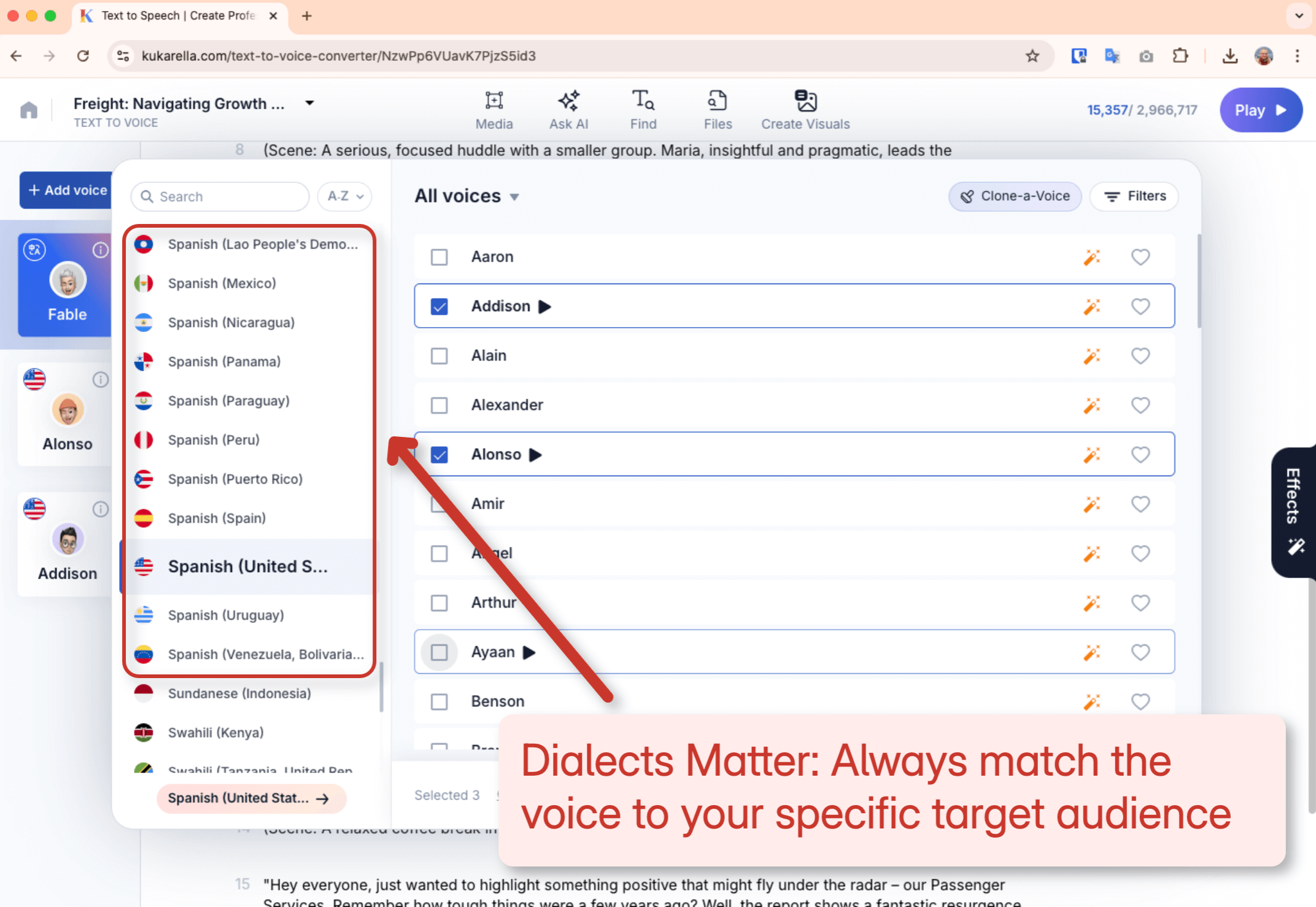
Q: "What if my script includes a mix of languages?"
A: This is where you need a true multilingual voice clone, not just a multilingual script generator. For a script that mixes English and French, for example, you would use a single cloned voice that has been trained to speak both languages fluently, ensuring a seamless and natural transition.
Frequently Asked Questions (FAQ)
Q: Is the quality of AI translation better than a professional human translator?
A: For raw technical or informational text, the quality of top-tier AI translation (like DeepL's engine) is now remarkably close to human level. For nuanced, creative, or high-stakes marketing copy, a professional human translator is still the gold standard. The best workflow is to use AI for the 90% solution and a human for the final 10% polish.
Q: How much does this cost compared to the traditional way?
A: The cost savings are astronomical. A professional translation and voiceover for a single 5-minute video can cost 500−1000 per language. Using an AI workflow, the cost can be as little as a few dollars per language, on top of a monthly subscription.
Q: Do I need to know the other languages to do this?
A: No, and that is the revolutionary part. You can manage a global content strategy from a single location, in a single language, by directing the AI and collaborating with native-speaking reviewers for the final quality check.
The barriers to becoming a global brand have fallen. The technology is here. The audience is waiting. The only question left is, what do you want to say to them?